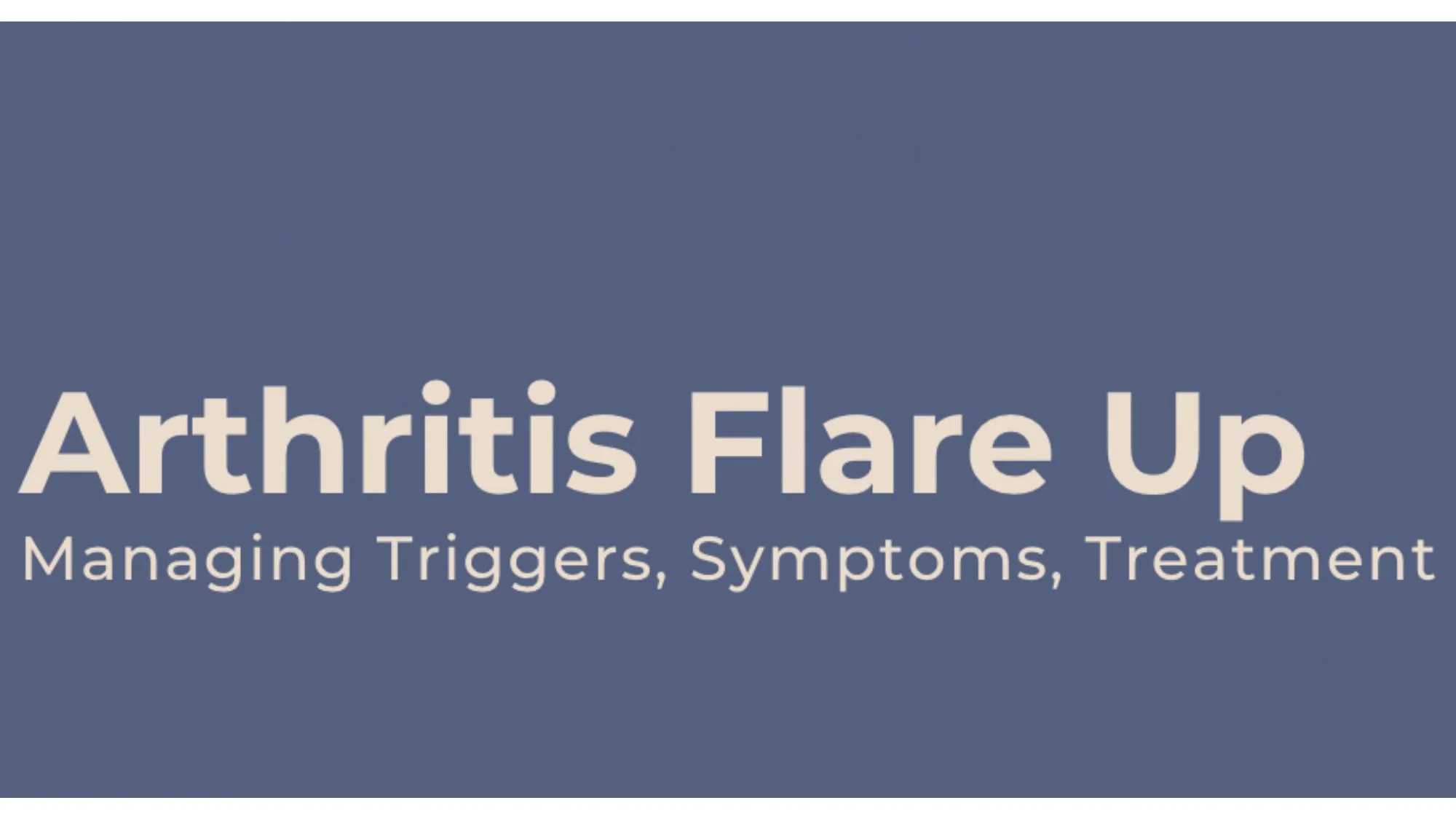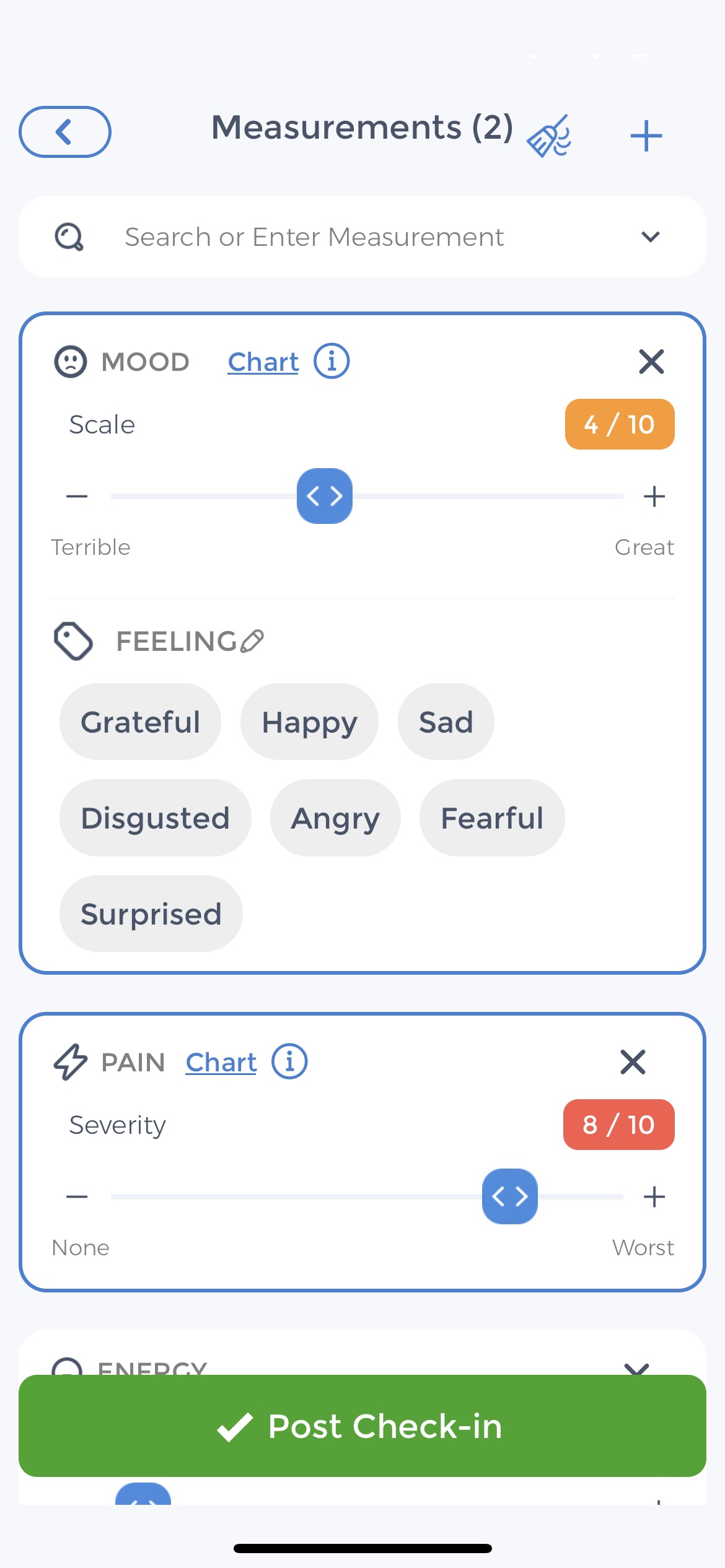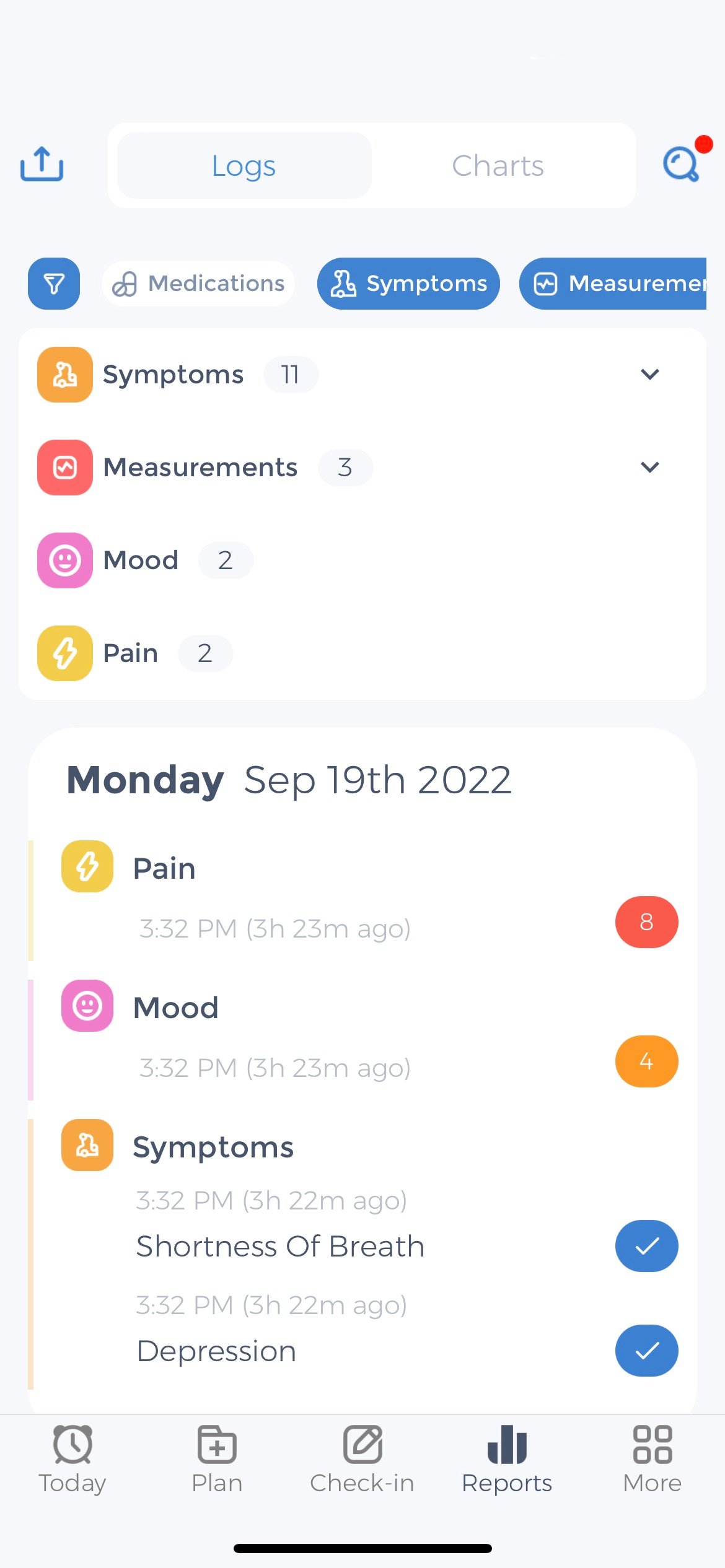 Arthritis is a general term for conditions that affect the joints and surrounding tissues. There are many different types of arthritis, but the two most common are rheumatoid arthritis (RA) and osteoarthritis (OA). An arthritis flare up can be a time when symptoms spring up suddenly or because of a known trigger.
Arthritis is a general term for conditions that affect the joints and surrounding tissues. There are many different types of arthritis, but the two most common are rheumatoid arthritis (RA) and osteoarthritis (OA). An arthritis flare up can be a time when symptoms spring up suddenly or because of a known trigger.
RA is an autoimmune disease that causes inflammation of the joints. OA is a degenerative disease that leads to the breakdown of cartilage, the tissue that cushions and protects the joints. Psoriatic arthritis (PsA) is a form of arthritis that often occurs in people with psoriasis, a condition that causes patches of red, scaly skin.[1][2]
Table of Contents
- What are the symptoms of arthritis?
- What is an Arthritis flare up?
- What does a flare feel like?
- What causes arthritis flare-ups?
- What levels of arthritis flares are there?
- How can I manage my arthritis flare-ups?
- What has the RA Flare Group stated about flares?
- How long does an arthritis flare up last?
- What are some tips for managing arthritis flares?
- What is the difference between a flare and remission?
- What can the Arthritis Foundation help with?
- Self-Managing Arthritis: Tracking Triggers & Pain
What are the symptoms of arthritis?
The symptoms of arthritis vary depending on the type of arthritis. RA and PsA can cause joint pain, stiffness, swelling, and loss of range of motion. OA typically causes pain and stiffness in the joints that are affected. Arthritis can also cause the formation of bone spurs, which are small outgrowths of bone. Bone spurs can press on nerves and cause pain.
What is an Arthritis flare up?
A flare up can be very painful and uncomfortable. It is a time when the symptoms of the disease become worse, and can last for a few days or several weeks. For some people with arthritis, flare-ups are a regular occurrence, while others only have a few per year. Regardless of how often they happen, flare-ups should always be taken seriously, as they can be quite painful and debilitating.[3][4][5]
What does a flare feel like?
The symptoms of a flare can vary depending on the type of arthritis you have. However, some common symptoms include:
- Joint pain and stiffness
- Swelling in the joints
- Redness and warmth in the joints
- Fatigue
- Weakness
- Fever
- Weight loss
For people with rheumatoid arthritis, flare-ups can also cause skin rashes and mouth sores.
What causes arthritis flare-ups?
There is no one answer to this question because there are many different types of arthritis, and each type can have different triggers. Some possible triggers for arthritis flare-ups include:
- Infections can trigger flare ups because they cause inflammation in the body. This can be a particular problem for people with rheumatoid arthritis, as they are more susceptible to infections.
- Stress because of an illness or injury can cause the immune system to go into overdrive, which can lead to a flare-up of rheumatoid arthritis.
- Hormonal changes plays a role because some types of arthritis, such as rheumatoid arthritis, are more common in women than men. This may be due to the fact that hormones can affect the immune system.
- Weather affects arthritis because barometric pressure changes can cause swelling and pain in the joints and muscles. Cold weather can make the pain and stiffness of arthritis worse, while warm weather can provide some relief.
What is the weather and arthritis index?
The weather and arthritis index is a tool that can help you predict when arthritis flare-ups may occur. The index uses a combination of barometric pressure, temperature, and humidity to generate a forecast for the next two days.
If the index is high, it means that the conditions are favorable for a flare-up. If the index is low, it means that the conditions are not as favorable for a flare-up. However, it is important to remember that the weather and arthritis index is just a tool, and that other factors can also cause arthritis flare-ups.
Other factors include:
- Injury or trauma
- Excess weight
- Certain medications
What levels of arthritis flares are there?
There are four levels of arthritis flares:
- Level 1: mild arthritis pain, stiffness, or swelling in one joint
- Level 2: moderate arthritis pain, stiffness, or swelling in one or more joints
- Level 3: severe arthritis pain, stiffness, or swelling in one or more joints
- Level 4: intense arthritis pain, stiffness, or swelling in one or more joints
How can I manage my arthritis flare-ups?

If you experience an arthritis flare-up, it is important to rest and avoid any activities that may aggravate your symptoms. You should also apply ice to the affected joint for 20 minutes at a time, several times a day. If your symptoms are severe, you should contact your doctor. They may prescribe additional medication or recommend other treatments, such as physical therapy.
Arthritis flare-ups can be painful and disruptive, but there are things you can do to manage them. Work with your doctor to develop a plan that works for you, and be sure to rest and apply ice to the affected joint when a flare-up occurs.[12][13][14][15]
What has the RA Flare Group stated about flares?
- Flare-ups can be very painful and uncomfortable.
2. A flare up is a time when the symptoms of RA become worse and can last for a few days or weeks.
3. For some people with RA, flare-ups are a regular occurrence while others only have a few per year.
4. Flare-ups should always be taken seriously as they can be quite painful and debilitating.
5. The symptoms of a flare can vary depending on the type of RA you have but some common symptoms include: joint pain and stiffness, swelling in the joints, redness and warmth in the joints, fatigue, weakness, fever and weight loss.
6. There is no one answer to what causes arthritis flare-ups as there are many different types of arthritis and each type can have different triggers.
7. If you suffer from regular arthritis flare-ups, it is important to work with your occupational therapist to develop a management plan.
8. This may involve lifestyle changes, such[16][17][18][19]
How long does an arthritis flare up last?
Based on patient surveys, we know that the majority of flares last between 3 and 14 days. However, some flares can last longer, especially if they are not treated properly. They last this long because they require time for the immune system to calm down and for the inflammation to resolve.[20]
What are some tips for managing arthritis flares?

- Resting: When you are experiencing a flare, it is important to rest the affected joint. This will help reduce inflammation and pain.
- Applying ice: Applying ice to the affected joint for 20 minutes at a time can help reduce swelling and pain.
- Taking medication: If your primary care doctor has prescribed medication for your arthritis, such as:
- Nonsteroidal anti-inflammatory drugs (NSAIDs): These medications can help reduce chronic pain and inflammation. Examples of NSAIDs include ibuprofen and naproxen.
- Corticosteroids: These medications can help reduce inflammation. Examples of corticosteroids include prednisone and methylprednisolone.
- Disease-modifying antirheumatic drugs (DMARDs): These medications can help slow the progression of arthritis. Examples of DMARDs include methotrexate and hydroxychloroquine.
- Avoiding triggers: If you know what triggers your arthritis flares, try to avoid them. This may require making some lifestyle changes, such as losing weight or changing your diet.
- Managing stress: Stress can trigger arthritis flares, so it is important to find ways to manage stress. This may involve yoga, meditation, or other relaxation techniques.
Arthritis flares can be painful and disruptive, but there are things you can do to manage them. Work with your nurse practioner to develop a plan that works for you, and be sure to rest and apply ice to the affected joint when a flare-up occurs.[21][22]
What is the difference between a flare and remission?
A flare is when the symptoms of arthritis become worse. This can be due to many different factors, such as infection, stress, or weather changes. Remission is when the symptoms of arthritis improve. This may be due to medication or lifestyle changes.
Gout
Gout is a type of arthritis that is caused by the buildup of uric acid in the body. This can lead to inflammation and pain in the joints. If you have gout, you may be at risk for arthritis flares. Gout flares are periods of time when the symptoms of gout become worse. This can be due to many different factors, such as infection, stress, or weather changes. Gout flares can be very painful and uncomfortable. A gout attack is a term used to describe a sudden onset of symptoms. This is different from a flare, which is when the symptoms of gout become worse gradually over time.[23]
What can the Arthritis Foundation help with?
They are a leading nonprofit organization dedicated to improving the lives of those affected by arthritis. They provide resources and support to help people manage their arthritis, while also advocating for policies that improve access to care and research funding. Things they can help you with specifically include:
Finding a rheumatologist: The Arthritis Foundation can help you find a rheumatologist in your area. A rheumatologist is a doctor who specializes in the treatment of arthritis and other rheumatic diseases.
Connecting with others: The Arthritis Foundation offers many programs and events that can help you connect with others who are living with arthritis. These programs include support groups, educational seminars, and exercise classes.
Accessing resources: The Arthritis Foundation has a variety of resources to help you manage your arthritis. These resources include tips on exercise and diet, as well as information on medication and treatment options.
Self-Managing Arthritis: Tracking Triggers & Pain

Tracking pain: You can track your pain levels on a scale of 1 to 10, as well as the location and intensity of the pain.
Identifying triggers: You can identify possible triggers for your arthritis flares, such as weather changes or stress.
Journaling: You can keep a journal of your arthritis flares, including the symptoms you experienced and what you did to manage the flare.
Sharing information: You can share your CareClinic journal with your rheumatologist or caregiver so they can better understand your condition and help you manage it.
The app works on iOS and Android devices, and it is free to download. If you are living with arthritis, it is important to find ways to manage your condition. The CareClinic app can help you track your pain and flares, identify triggers, and journal about your experiences.
This information can be shared with your physical therapist or caregiver to help them better understand your condition and provide more effective treatment. You can install it now by clicking here.
References Different conditions can have flares that last varying amounts of time. If you’re dealing with EDS, you might wonder how long does an eds flare last compared to arthritis flares. Each condition has its own patterns, but tracking your symptoms helps you understand your personal timeline. Different autoimmune conditions can cause similar flare patterns. People with sjogrens flares often experience joint pain and fatigue just like arthritis patients. Learning about other flare types helps you understand your own symptoms better.
- “Arthritis: MedlinePlus Medical Encyclopedia”. https://medlineplus.gov/ency/article/001243.htm
- “What is Arthritis & What Causes it? | NIAMS”. https://www.niams.nih.gov/health-topics/arthritis
- “Osteoarthritis Flares – PMC”. https://www.ncbi.nlm.nih.gov/pmc/articles/PMC10523485/
- “How Long Does a Flare Last?”. https://www.arthritis.org/diseases/more-about/how-long-does-a-flare-last
- “Tips to Cope with Arthritis Flares | Arthritis Foundation”. https://www.arthritis.org/health-wellness/healthy-living/managing-pain/pain-relief-solutions/coping-with-an-arthritis-flare
- “The Role of Stress in Arthritis Flares: Managing Emotional Well-being”. https://www.americanarthritisfoundation.org/c/Arthritis/b/the-role-of-stress-in-arthritis-flares-managing-emotional-well-being
- “What causes arthritis to flare-up? – ANF”. https://www.anftherapy.com/what-causes-arthritis-to-flare-up/
- “Arthritis Weather Index: How the Weather Impacts Your Joints”. https://atlantamedicine.com/arthritis-index-how-weather-impacts-joints/
- “What Causes Arthritis Flare-Ups?”. https://www.silverts.com/givingcare/what-causes-arthritis-flare-ups/
- “Rheumatoid Arthritis (RA) Symptoms & Activity | Rheum for More”. https://www.ra.com/what-is-rheumatoid-arthritis/symptoms
- “What is a Flare? | Arthritis Foundation”. https://www.arthritis.org/health-wellness/healthy-living/managing-pain/pain-relief-solutions/what-is-a-flare
- “How to maintain movement during a flare up | Versus Arthritis”. https://www.versusarthritis.org/news/2025/january/how-to-maintain-movement-during-a-flare-up/
- “Managing a flare – Rheumatology”. https://www.ouh.nhs.uk/rheumatology/information/patients/advice/flare/
- “Managing Arthritis Flare-Ups: Coping Strategies and Relief Techniques | Central Florida Spine and Pain”. https://www.cfspinepain.com/2024/08/02/managing-arthritis-flare-ups-coping-strategies-and-relief-techniques/
- “How To Avoid Arthritis Flare-Ups | The Jackson Clinics”. https://thejacksonclinics.com/how-to-avoid-arthritis-flare-ups/
- “Understanding Rheumatoid Arthritis Flares | Arthritis Foundation”. https://www.arthritis.org/diseases/more-about/understanding-rheumatoid-arthritis-flares
- “Flare Warnings: People with Rheumatoid Arthritis’ Perceptions of Their Flares – ACR Meeting Abstracts”. https://acrabstracts.org/abstract/flare-warnings-people-with-rheumatoid-arthritis-perceptions-of-their-flares/
- “Living with Rheumatoid Arthritis: When Flares Strike”. https://www.aiarthritis.org/ra-flares
- “RA Flare Fighters”. https://www.healthcentral.com/slideshow/strategies-for-surviving-your-next-ra-flare
- “How do you shorten an arthritis flare up? – Resto NYC”. https://www.restonyc.com/how-do-you-shorten-an-arthritis-flare-up/
- “Coping With Pain: Relaxation and Stress Reduction Techniques for Living with Arthritis”. https://www.arthritis.org.au/arthritis/arthritis-insights/positive-health-habits/coping-with-pain-relaxation-and-stress-reduction-techniques-for-living-with-arthritis/
- “Coping with flares – Musculoskeletal Health Australia (MHA)”. https://muscha.org/coping-with-flares/
- “Gout: Symptoms, Treatment & Prevention”. https://my.clevelandclinic.org/health/diseases/4755-gout


